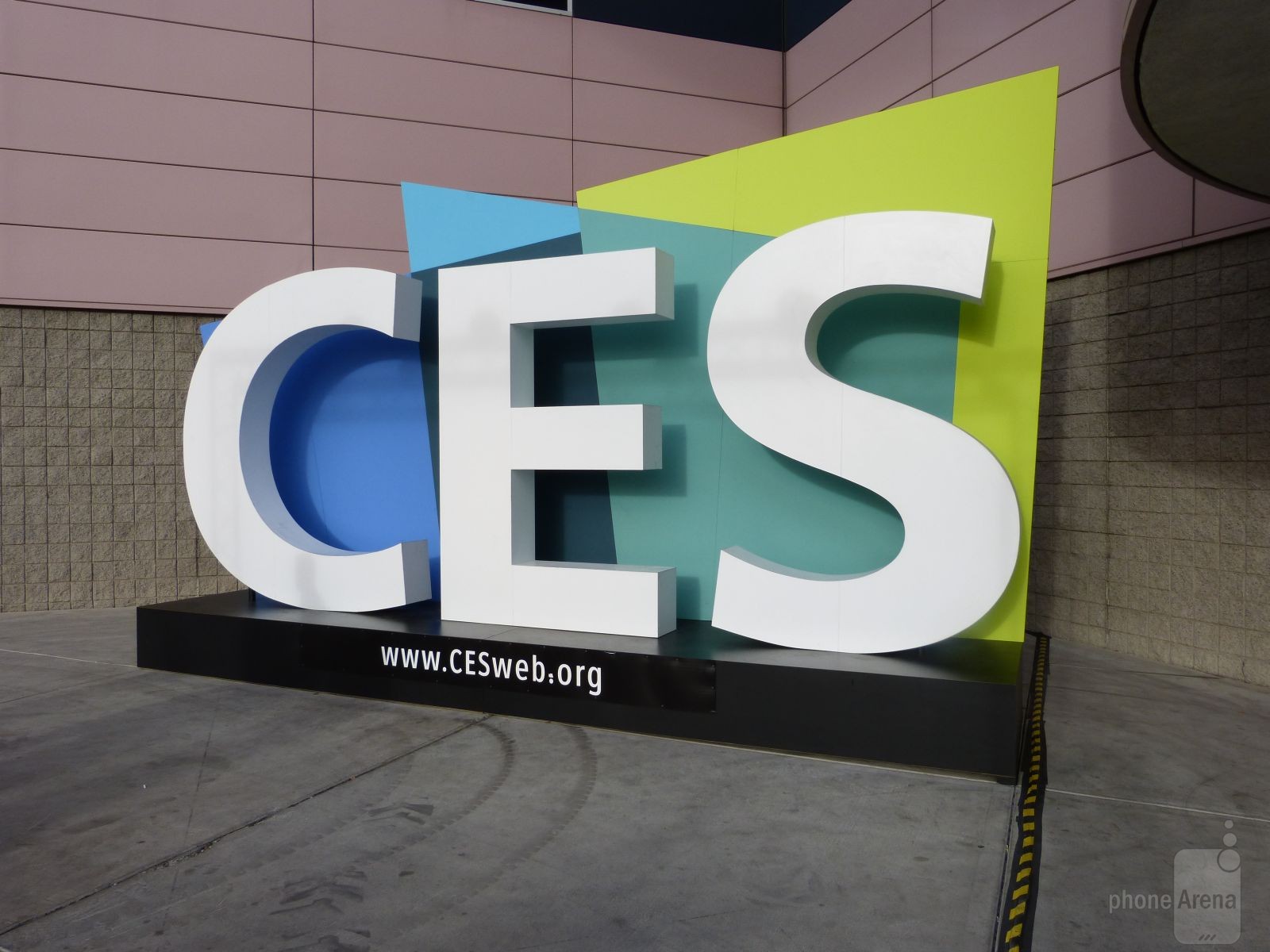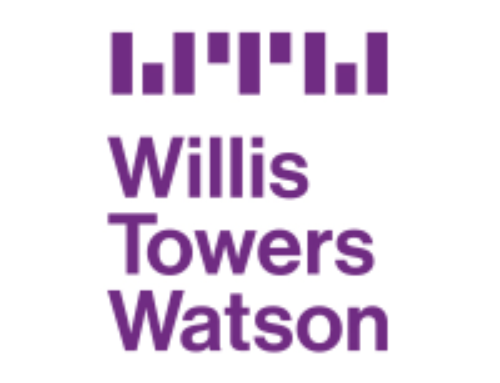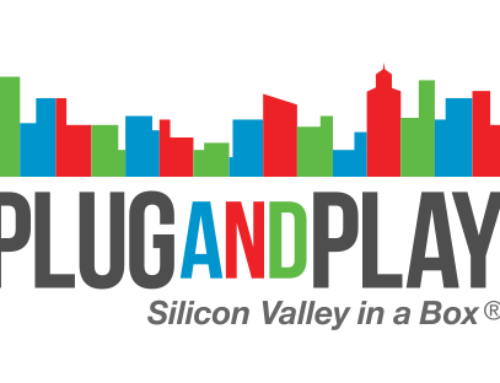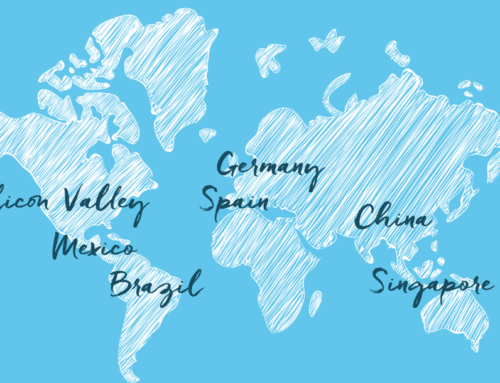Our cofounder, Dr. Christy Lane, wrote this post about her experience at CES.
I attended my first Consumer Electronic Show (CES) in Las Vegas this year and to say I was overwhelmed with the event is a bit of an understatement. I attend medical conferences often but was not prepared for the sheer volume and craziness of CES. I felt a bit like a shopper on Black Friday. However, at CES I was not shopping for shoes or purses, but for innovative ideas. This was THE event that would unveil to me all of the advancements in wearable wellness.
Here is what I came away with:
Devices – Wearable technology as an industry is huge and growing: I could not believe the sheer number of booths I attended over 3 days, each with different wearable devices. I think one article about CES cited 5O+ different wearable devices.
Fitness – Wearable technology has been applied effectively in the fitness world. There are a number of players, both big and small in this space that continue to do well with exercise tracking and training tools. Some of these include Garmin, Misfit, Fitbit and Wahoo Fitness.
Health – Wearable technology in health is growing rapidly. There are tools to measure a staggering number of health variables, including heart rate, blood glucose, breathing, body composition and even brain waves. Some of these companies include Metria, iHealth and Wellograph.
Platforms – All of these new wearable technologies provide us with valuable information about ourselves. There are beautiful platforms providing us with the ability to visualize our data. We can track our data, visualize it . . . and then track it some more.
Design – I was most impressed with the new designs this year. Wearable technology is getting more and more attractive. Some of my favourites for women were Bellabeat and Mira. The prices were still a bit steep for me but things are headed in the right direction.
Analytics –
There is a reason my analytics section is empty.
After a wild 3 days running around (literally, running, due to lack of cabs), trying on new tech, and looking at the great new data platforms, I felt like something was missing. The SOMETHING that I had looking for was just not there. That something is analytics.
This is not to say that there are not analytics companies out there related to wearable technology. There are. They are doing a great job of harnessing the power of raw biometric data and converting it into usable variables like heart rate, glucose, and intensity of physical activity (e.g. LifeQ, Valencell). But what are we doing what that data? What does it mean?
Unfortunately we are not all experts in analysis of biometric data. The average person interested wearable wellness is unlikely to have the skill set (or the time) to really dig into the data to answer questions like: What does my physical activity mean related to my sleep? How fit am I compared to people my own age? How can I use heart rate data to plan an exercise program that is appropriate for me?
In summary, the wearable devices are great. They are getting more and more beautiful, with capabilities to measure more variables than we ever expected. Data is being presented in a very slick and user-friendly manner. But there is a big something missing before wearable technology can truly be applied effectively in health. We need to close the loop.
We need something that connects the user and their device with the expertise of doctors, physical therapists, and exercise physiologists…without the user leaving their home or workplace. The missing piece is analytics. Until this happens, I will continue shopping for the things I know to be truly useful — purses and shoes.







